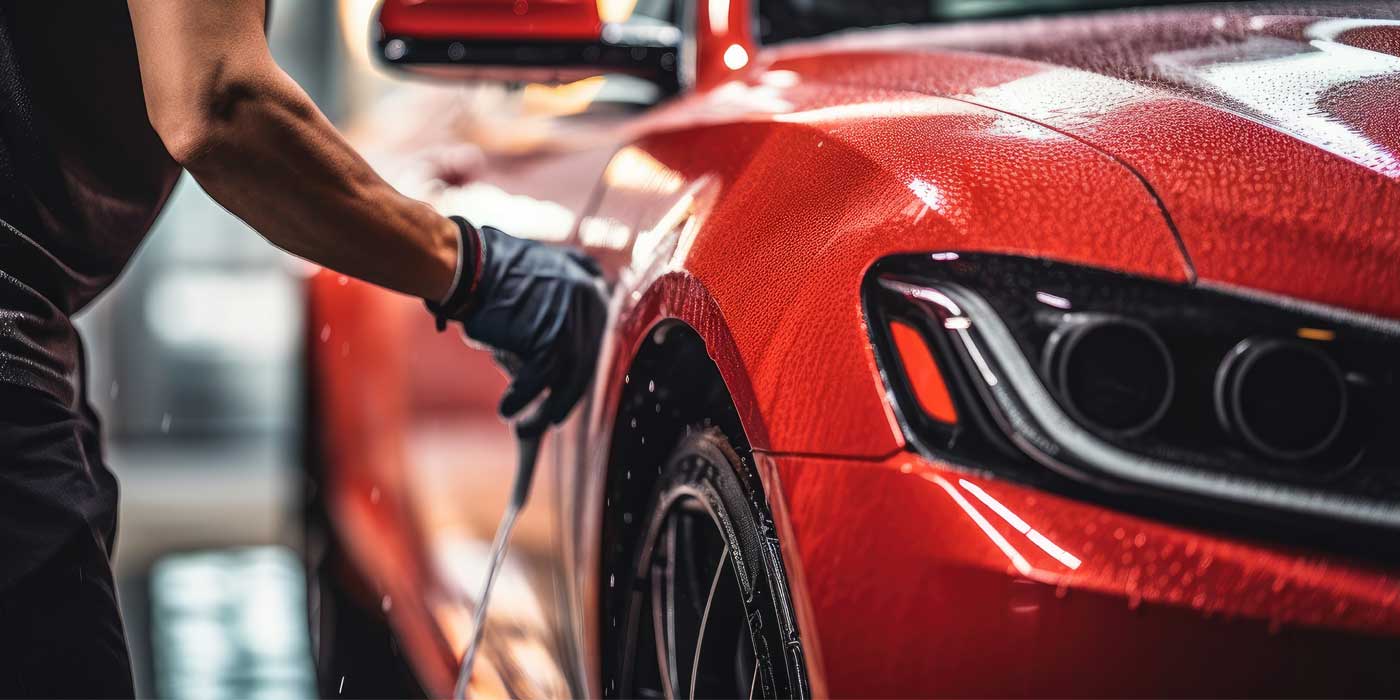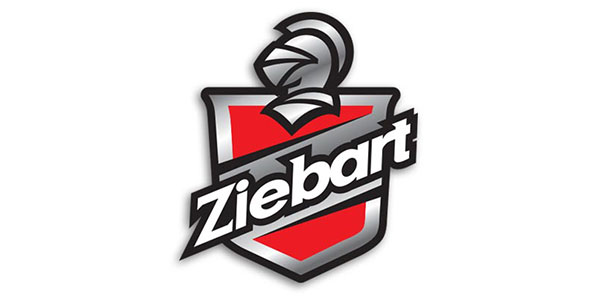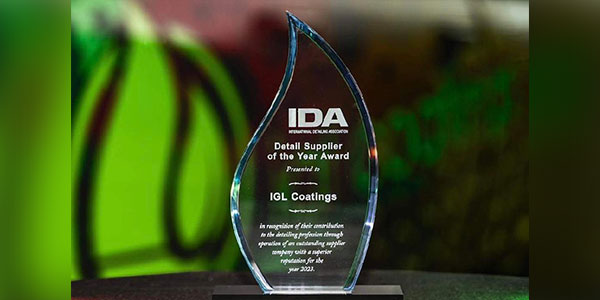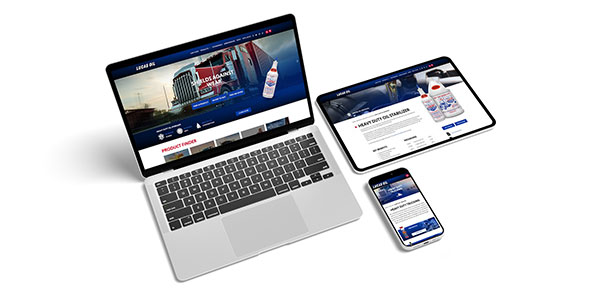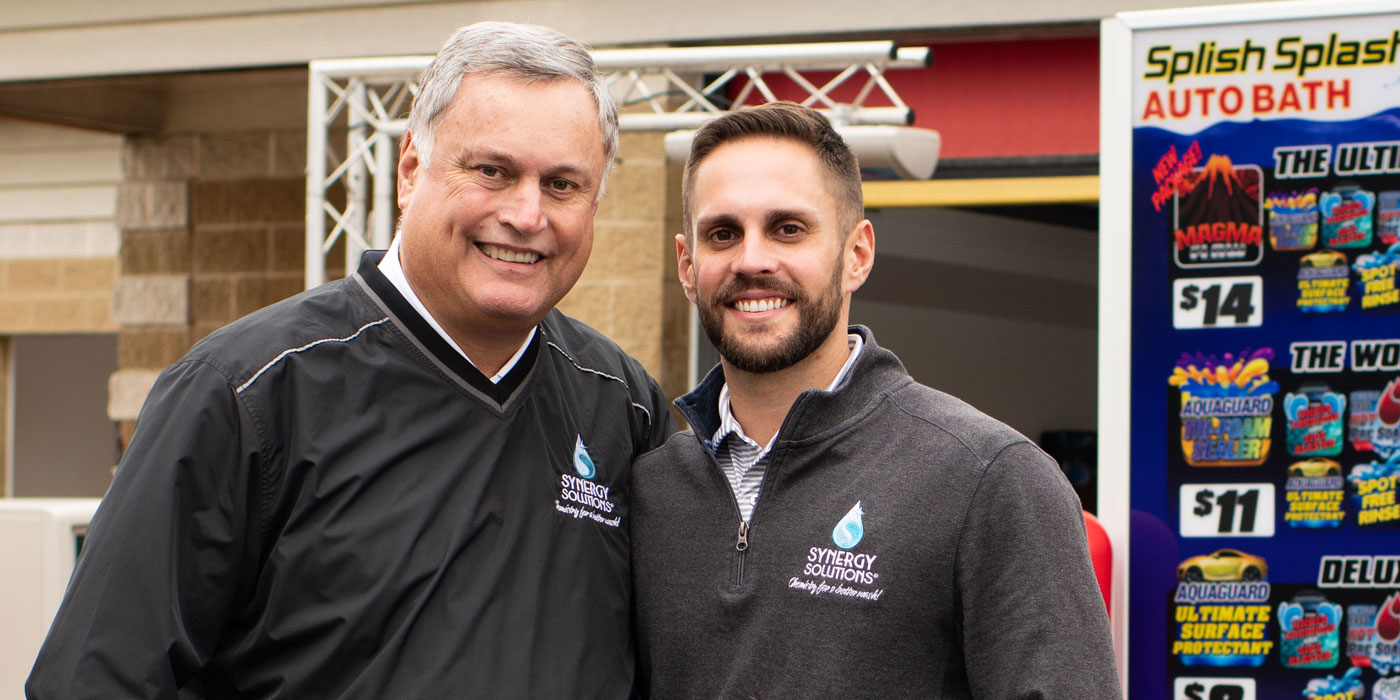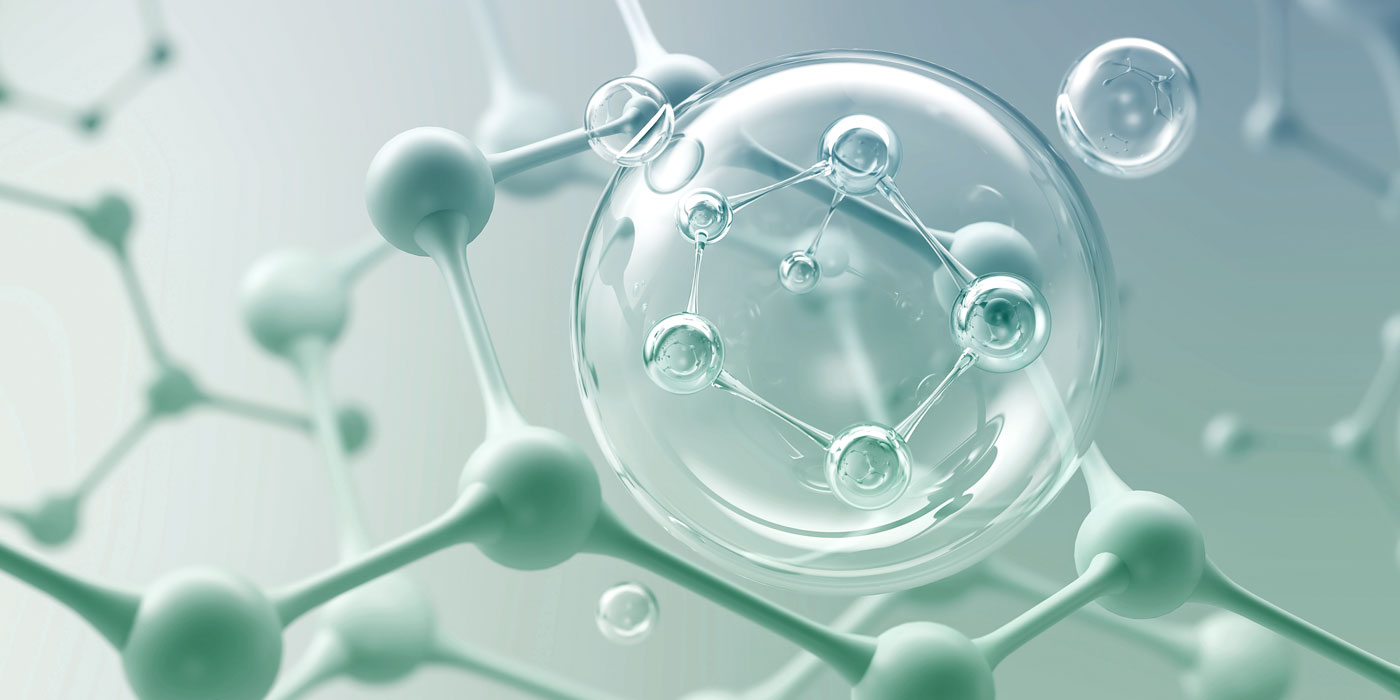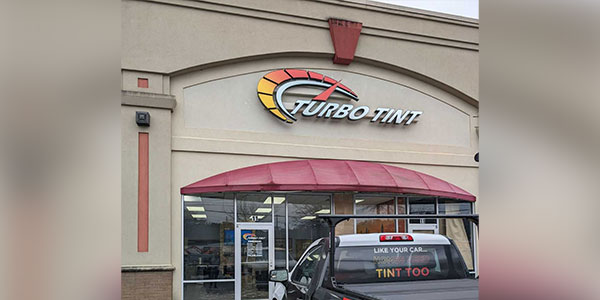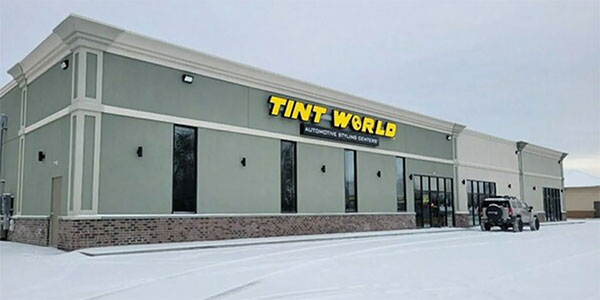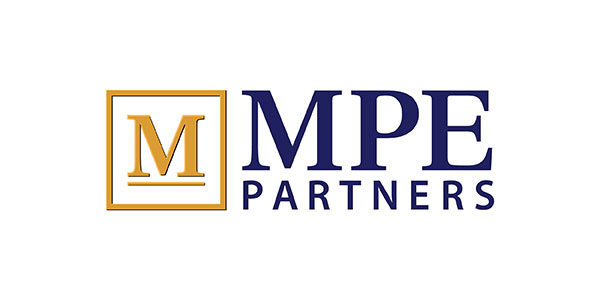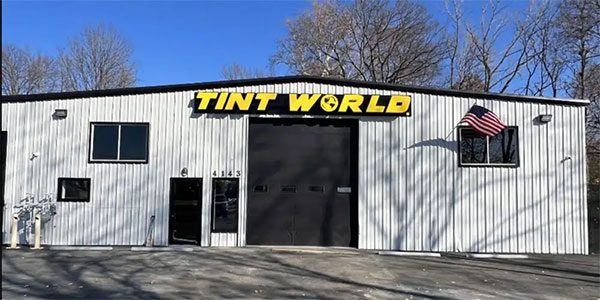For years, and for the most part, even today, the typical equipment used in a detail operation has been:
- Pressure washer;
- Wet-dry shop vacuum; and
- Electric buffer.
This simple equipment technology is still prevalent today, and not much has changed other than vacuums have gotten more sophisticated. They are a bit smaller in size and make less noise when operating. Pressure washers have come down substantially in price with the advent of the big box stores, and there has been a little innovation in electric rotary buffers, but not much.
With some nudging, the detail industry has come to accept and use in recent years:
- Orbital tools;
- Dual-action tools;
- Rotary shampooers;
- Heated soil extractors for carpet cleaning; and
- Air operated tools – which include smaller, light-weight buffers, orbitals, dual-action and shampooing tools.
Traditionally, detailers always used an electric rotary buffer as their tool of choice, and many still do today. The reason, of course, tradition, but in the early days, most business owners could not afford an air compressor, and many today still cannot afford one. Also, a mobile operator is hard-pressed to carry around a compressor large enough to power an air tool. So electric tools reign.
Innovations
While the orbital tool has been around since the late 1970s, the electric dual-action tool is a recent innovation lead by the German manufacturer FLEX, which is considered the highest quality dual-action tool on the market. There are also DeWalt and Porter-Cable dual-action tools available that are of good quality too, but at less cost. And, if an operator prefers air tools, there are excellent dual-action tools available.
Rotary shampooer tool: This has been available in the detail industry since the early 1980s, but because it required an air compressor for operation, it was not readily accepted by the detail industry. However, carwash operations offering detail service as well as auto dealers and auto auctions have almost universally accepted the small rotary shampoo tool as their method of friction scrubbing carpets and fabric upholstery.
For the most part, soil extractors have remained the same. They have a molded plastic body, a vacuum motor, in-line or tank heater and a solution pump. There have been some innovations in nozzles, but for the most part the detailer has not been too concerned about the type of nozzle that is used on an extractor. Although some detailers have alertly realized that having a view window on the nozzle is critical for proper cleaning. The window allows the user to see if they have extracted all the dirt and shampoo residue from the fibers.
Vapor steamer: One of the most innovative pieces of equipment introduced to the detail industry has been the vapor steamer. What’s interesting is it was presented to the industry over 15 years ago but was not immediately embraced. Why? The normal reasons that new innovations are confronted with: “It’s not the way we do things,” and of course the more than common, “It’s too expensive.”
However, today the vapor steamer has become as major a part of the detailer’s equipment arsenal as has the extractor. The vapor steamer is an excellent tool for cleaning hard surfaces such as leather and vinyl seats, dashboards, door panels, ashtrays, map pockets, the insides of glove boxes, center consoles and even windows. They are an absolute necessity for removing stains from carpets and fabric upholstery. Systems are available for as little as $100 and can go up to $1,400.
Companies primarily from Korea and most recently from China have been trying to get the American market to buy into the larger vapor steamer systems they claim will wash the car without water. The claim is true, very little water is used, but these large systems cost as much as $6,000 to $7,000 or more, and the process is not exactly as good as they claim. After steaming the vehicle with the vapor steamer, the worker still must wipe the car down to get it clean.
It seems to me that you would be better off using waterless wash chemical, which you spray on the car and wipe off for a clean shiny car. The chemical costs no more than $20 a gallon and does the same job as the vapor steamer.
While the concept has not caught on in the U.S., it seems to be gaining in popularity in many Third World countries.
Drum-style buffer: This is certainly the newest innovation and the most revolutionary concept introduced to the industry. It is a drum-style electric “swirl-free buffer” that eliminates swirls put in the paint from a high-speed rotary buffer and does not leave swirls or holograms in the paint. This patented tool was invented by a detailer in Florida who was looking for a way to eliminate the swirls and holograms that come with the use of the rotary buffer. The tool is very slowly being accepted by the detail industry because it is a dramatic change from what detailers and even polishers in body shops have been accustomed to using, and, like all new innovations, it will take time to be accepted.
It is gaining popularity with those who detail airplanes, boats and especially aluminum trailers. There has been a drum-style air tool available for a few years in the airplane polishing business but its downside is that it requires a large air compressor and is quite heavy. The electric drum style buffer is smaller and more portable for airplane and boat detailing.
Central chemical dilution and dispensing center: A system whereby all chemicals are automatically diluted and dispensed from a central center and piped out to the work bays. These have been available since the 1980s, but not universally embraced by detailers because of cost. The carwash and auto dealer industries have embraced the concept because they realize the cost savings by eliminating the use of chemicals in small plastic squeeze and spray bottles.
Dispensing work stations: The work station is installed in every vehicle bay in the shop and includes ready-to-use chemicals; a wet/dry vacuum; a heated soil extractor; and air lines for powering air tools and blowing out interiors. A detail work station creates an operating room atmosphere for the detailer where everything they need is at their fingertips.
Stainless steel chemical dispensing tanks: A great piece of equipment to eliminate the disorganization and time-consuming chore of filling and refilling small 32-ounce spray bottles are the stainless steel 3-gallon and 5-gallon chemical dispensing tanks. The heavy-use chemicals are poured into the tank, closed and then pressurized. They come with a coiled line (20 feet) and an applicator gun. All the detailer has to do is squeeze the trigger of the applicator gun and spray as much chemical as needed. Great as an engine degreaser, wheel cleaner, all-purpose cleaner, carpet shampoo, glass cleaner and tire dressing.
Operating supplies
Typically, we are talking about buffing pads, brushes, towels, etc. In the past 10 years there hasn’t been much innovation in this area.
Microfiber towels: The microfiber towel has been available for about 20 years but not embraced by the detail industry because of cost. In the 1990s a buyer would pay about $5 for a microfiber towel the size of a shop rag. Today you can purchase a hand towel (15 inches by 24 inches) for about $1 to $1.50, so most detailers are now using microfiber towels because of their effectiveness in cleaning and removing wax/sealant and for their low cost.
Buffing pads: While pad manufacturers like to have you believe they have something new, that is not exactly true. Sheepskin finishing pads and 100 percent, woven wool pads are virtually the same as they have been for years. The newest innovation was the introduction of the woven wool/polyester blend pad which is not as aggressive as the wool, but more aggressive than foam.
Speaking of foam, since their introduction to the industry, foam pads are basically the same other than size and shape. Some have dense foam and others not so dense. Some are flat, some waffled, some contoured, some with sharp edges and a myriad of other shapes. But basically they are the same.
Dual-sided pads: The dual-side, 100 percent woven wool pad has been around for quite a few years, but about 10 years ago a small company on the East Coast came up with a series of dual-sided woven wool, poly-wool and foam pads with a very unique attachment system that eliminates the problems of screw on pads and Velcro pads that could fly off the backer plate. To me, this is one of the most revolutionary inventions presented to the industry. So innovative was this concept that one of the largest companies in the world with an automotive products division purchased this company because of their unique invention. The pads just snap on to the attachment and release just like a socket on a wrench with the push of a button.
Detail chemicals
Detailing chemicals fall into a few categories:
- Cleaners;
- Compounds;
- Polishes;
- Waxes and paint sealants; and
- Specialty chemicals.
At the time this article was written, most of the major detail chemical companies in the U.S. and a few in Europe were contacted for information on any new and innovative products they might be introducing or have introduced to the market in the past year. None responded, which would lead one to believe they do not have anything innovative to share or they do not want to share it for this article.
Cleaners: This category includes carwash shampoos, engine degreasers, wheel cleaners, all purpose cleaners, tar and grease removers, carpet shampoos, extractor shampoos and glass cleaners. As far as I know there is nothing new in the field. Although one company claims to have a “non-acid” wheel cleaner that is environmentally-safe, safe for human use and works almost as well as hydrofluoric acid cleaners. Personally, I have used this product and it does do an excellent job.
Compounds: These compounds are used for correcting paint finishing problems such as scratching, dulling, oxidation (single stage paint) and removing wet/dry sanding marks. These are a relatively simple chemical to formulate. The only new innovation in this product area was the development of a “microfine” compound to remove spider scratches in a clear coat without causing more scratches than you are taking out. Most of the major companies offer a microfine compound.
There has been talk of compounds for ceramic clear coats, but I personally feel that this is more rhetoric than real. Although a German company whose compounds sell for over $100 a gallon has some compound products that many detailers swear by. Personally, I have never used them, so I cannot provide any direct commentary on the product, but at $100 plus per gallon they better be very, very good from my point of view.
Polishes/swirl removers: Used to remove buffer swirls and holograms or just smooth out and bring the paint to a high shine. I have not found anything new and was not contacted by any of the chemical companies offering anything new in this area. Although one company has introduced a polish for black cars that is a copy of the very famous Liquid Ebony polish that was popular with detailers in the 1980s and 1990s but seems to have disappeared as the company that produced it is no longer in business. It is said that this copy of Liquid Ebony performs as well or better.
Waxes/sealants: If you go to the detail forums or Google “paint sealants” you would think that there are numerous new and innovative products available. However, I have found that most of the miracle claims made about paint sealants and the testimonies are without any scientific proof to validate the claims. Waxes and paint sealants are protection products and basically formulated in the same way by many companies. Some may have a higher shine than another which means it will not be as durable. One that is more durable will not have as high a shine. One is easy to apply and remove and another is not so easy. No one product in this category can be all things to all people. While some chemical marketers would have you think that they have the answer to “never waxing your car again,” the legitimate detail chemical companies I have found do not make wild claims about their products because they are dealing with professionals, not car enthusiasts who want to believe that the wax they paid $200 is worth it. Sorry to say, but there’s nothing new and innovative in this field.
Specialty chemicals: These represent all other detailing chemicals that do not fall into the other categories mentioned. Products such as vinyl and tire dressings, leather conditioners, fragrances and biological odor eliminators, glass polish, fabric protectants and stain removers. Again, these chemicals are basic, a combination of ingredients to achieve a desired result. To my knowledge there is nothing new or revolutionary in this category. Of course, some products are better than others and that has to do with how they were formulated by the chemist and the issue of price.
So there you have it, a bit of history to show where the industry is today and where it is going. I urge you to save this article and compare it to what I or someone else writes on the trends and innovations in the detail industry for 2013. If you have any questions about products mentioned in the article contact me at [email protected].
R.L. “Bud” Abraham is president of Detail Plus Car Appearance Systems, Portland, OR, and a nearly 40-year member of the car care industry. He is also a founding member of the International Detailing Association and was its first executive director. Abraham can be contacted [email protected].

